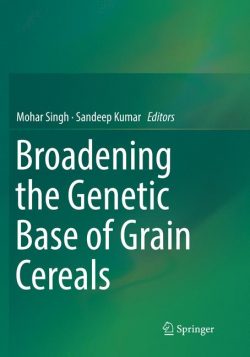This book investigates the microstructural and mechanical properties of titanium-tantalum (TiTa) alloy formed using selective laser melting (SLM). TiTa has potential orthopaedic biomedical applications thanks to its high strength to modulus ratio. However, because it is difficult to obtain, it is still not widely used. The book describes how SLM is utilized to form this alloy, and provides a better understanding of the SLM process in porous lattice structure fabrication and its control through statistical modelling.
Introduction.- Literature review.- Materials and characterisation methods.- Formation of titanium-tantalum alloy using selective laser melting.- Characterisation of selective laser melting titantium-tantalum alloy.- Statistical modelling of selective laser melting of cellular lattice structures.- Characterisation of titanium-tantalum lattice structures fabricated using selective laser melting.- Conclusions and future work.
This book investigates the microstructural and mechanical properties of titanium-tantalum (TiTa) alloy formed using selective laser melting (SLM). TiTa has potential orthopaedic biomedical applications thanks to its high strength to modulus ratio. However, because it is difficult to obtain, it is still not widely used. The book describes how SLM is utilized to form this alloy, and provides a better understanding of the SLM process in porous lattice structure fabrication and its control through statistical modelling.
Investigates the microstructural and mechanical properties of titanium-tantalum (TiTa) alloy formed using selective laser melting (SLM)
Provides better understanding and control of the SLM process in porous lattice structure fabrication through statistical modelling
Summarizes the feasibility of TiTa scaffold fabrication using SLM and the biocompatibility of SLM fabricated scaffolds in vitro





